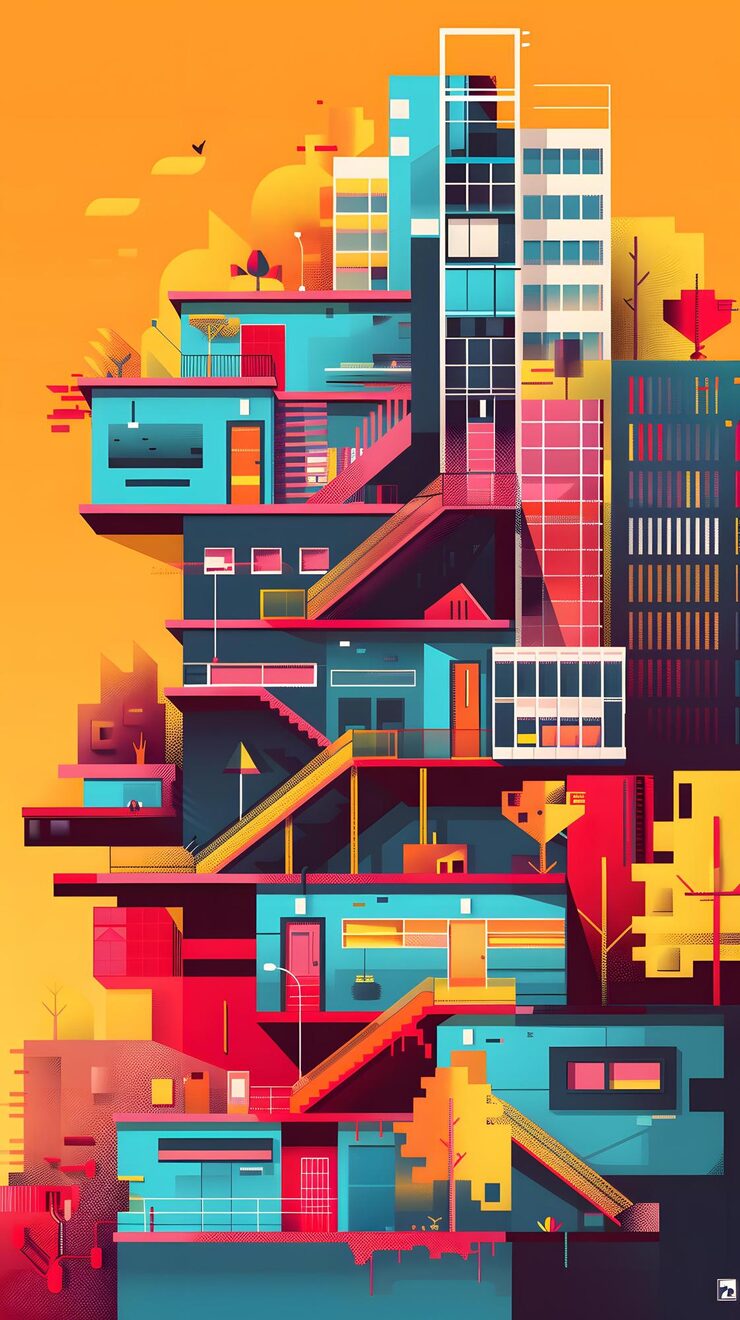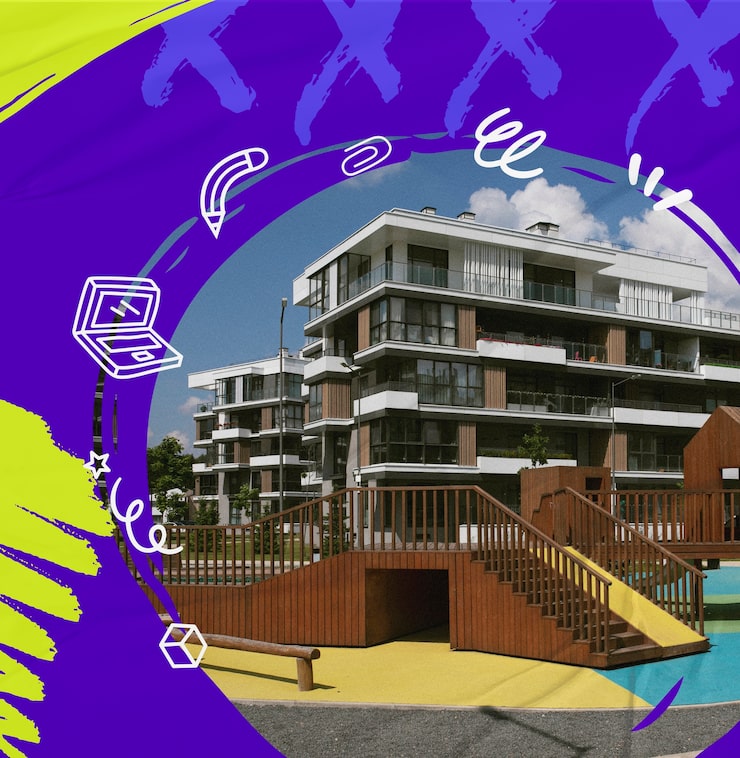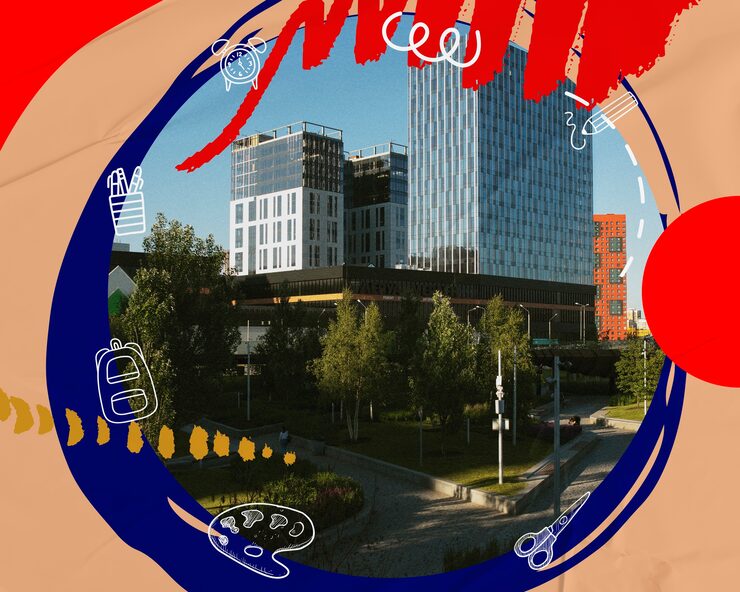Pop culture isn’t just influencing fashion, music, or entertainment — it’s also leaving its mark on modern real estate design. From celebrity-inspired interiors to homes modeled after famous movie sets, pop culture has become a major force shaping how people design, decorate, and even market their properties. In 2025, this influence is more visible than ever.
The Rise of Celebrity-Inspired Interiors
Social media has brought celebrity lifestyles into everyone’s living room — and now, into their design choices. Homebuyers and interior designers are recreating styles made popular by influencers, movie stars, and musicians. Think Kardashian-style minimalist mansions, coastal vibes from Hollywood homes, or retro aesthetics inspired by icons from the ‘80s and ‘90s.
Celebrities often set the tone for what’s “in.” Once a design trend appears in a famous home tour or TV show, it spreads rapidly through TikTok, Instagram, and Pinterest — shaping public demand and inspiring developers to incorporate these looks into modern housing projects.

Streaming Culture and Themed Spaces
The explosion of streaming platforms has also transformed home design. As people binge-watch their favorite series, they develop emotional connections to the settings and styles they see on screen. Homes inspired by popular shows like Emily in Paris, Bridgerton, or Succession have led to demand for Parisian-style balconies, vintage wallpapers, and luxurious boardroom aesthetics.
Open-concept living rooms now often double as entertainment spaces — with built-in projectors, ambient lighting, and cozy “Netflix nooks.” Pop culture has made media consumption a central part of how people experience their homes.
The Influence of Music and Art Movements
Music and art have always reflected social change — and in real estate, they’ve sparked creative architectural expression. Urban properties now feature graffiti-inspired murals, soundproof studios, and street-art motifs that pay homage to pop culture’s rebellious roots.
In 2025, real estate developers are partnering with artists and musicians to design residential communities that reflect local culture. Think hip-hop-inspired lofts in New York, or art deco revivals in Miami. These projects celebrate cultural identity while enhancing property value through unique design.
Social Media’s Impact on Architecture
Instagram has completely redefined what “aesthetic living” means. Modern real estate is increasingly designed for shareability — spaces that look good on camera. Builders and interior designers now focus on creating photogenic layouts, natural light optimization, and Instagram-worthy corners.
Short-term rental platforms like Airbnb have amplified this trend. Properties that photograph well — like neon-lit bedrooms, vintage cafes, or film-inspired studios — are in higher demand, commanding premium prices.
Tech, Gaming, and the Metaverse Effect
Pop culture’s futuristic side — through video games, NFTs, and the metaverse — is changing architecture and interior concepts. Virtual homes, AR-enhanced design previews, and digital art installations are influencing how real-world properties are built.
Developers are now integrating smart lighting, voice control, and immersive digital screens to mirror the futuristic aesthetics seen in gaming culture. The result: homes that feel like something out of Black Mirror or Cyberpunk 2077.

Nostalgia in Modern Design
Another big trend? Nostalgia. From mid-century modern furniture to ‘90s-inspired color palettes, retro pop culture is making a comeback. Designers are blending vintage aesthetics with modern functionality to create homes that feel familiar yet fresh.
Nostalgia-driven real estate design reflects a desire for comfort, identity, and connection in a fast-paced digital world.
Final Thoughts
Pop culture is more than entertainment — it’s a mirror of modern society, influencing how people live and what they aspire to. From music and film to social media and digital art, its impact on modern real estate design is transforming spaces into personal statements of creativity and identity.
In 2025 and beyond, expect homes to be more expressive, tech-driven, and culturally aware — where design tells a story inspired by the world of pop culture itself.


